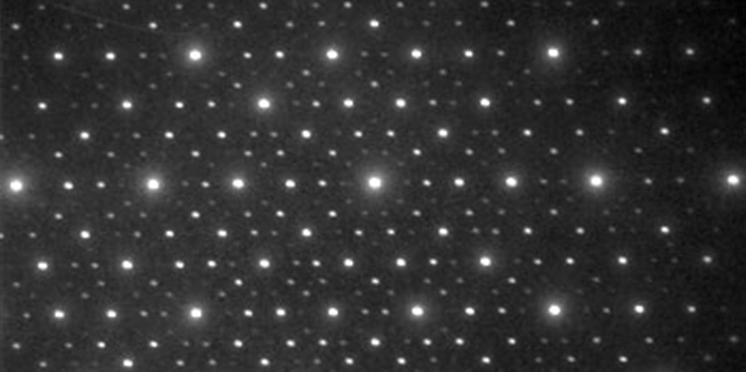thermionic-emission gun
thermionic-emission gun
An electron gun that utilizes thermionic emission.
A tungsten (W) filament is widely used as the cathode. A single crystal of lanthanum hexaboride (LaB6) is also used as the cathode. The advantage of the thermionic-emission gun is to produce a stable electric current as large as 1 μA, to require no ultra-high vacuum and is inexpensive. The gun is widely used in SEM. The lifetime of the gun is about 100 hours. However compared to the field-emission electron gun and the Schottky electron gun, its electron-source size is large and brightness is low (105 A/cm2sr). Thus, the resolution of a SEM instrument equipped with this gun is up to about 3 nm, and no higher resolution can be obtained.
Figure shows the basic structure of the gun. The cathode of a hairpin W filament with a diameter of about 0.1 mm is electrically heated to 2800K in a vacuum of 10-3 Pa, so as to emit thermoelectrons. The emitted electrons are accelerated by a high voltage applied to the anode up to a designated energy. The electric current is controlled by a bias voltage applied to the Wehnelt electrode. The combined action of the three electrodes (cathode, Wehnelt and anode) forms the crossover or the real electron source. The crossover is about 20 μm in diameter.

Fig. Basic structure of the thermionic-emission gun.
Related Term(s)
Term(s) with "thermionic-emission gun" in the description
Are you a medical professional or personnel engaged in medical care?
No
Please be reminded that these pages are not intended to provide the general public with information about the products.




